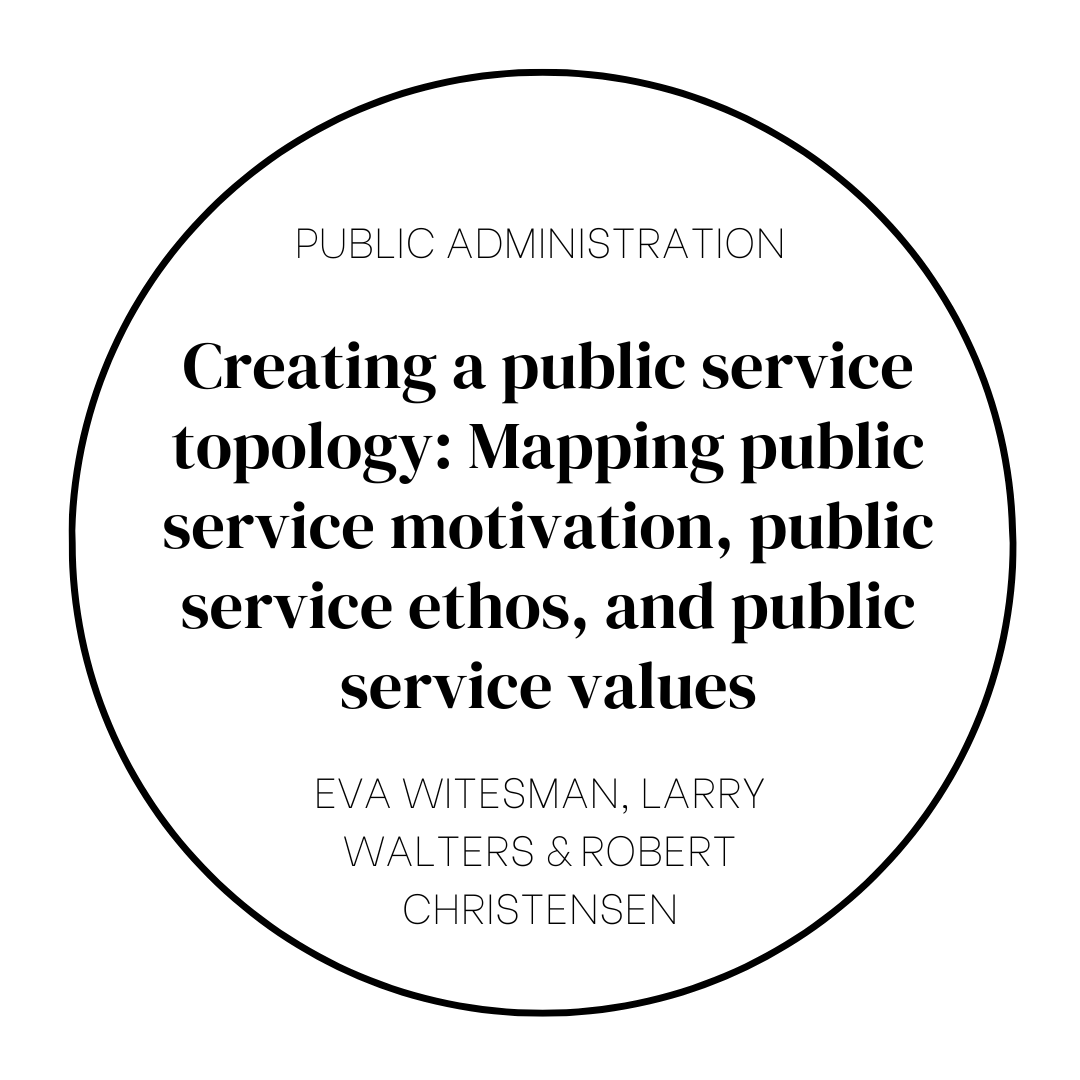Recruiting volunteers is an important component of any volunteer management program. Different recruitment strategies should be employed depending on the type of volunteer needed to fill each area of your organization’s function. Volunteer constituencies should be explored for compatibility with the needs of your organization in each volunteer staffing area. Some sources of volunteers will, of course, be excellent sources for multiple types of volunteers. Below are some possible volunteer sources for each type of volunteer activity:
Volunteers who can run the essential functions of your organization
There are several potential sources of volunteers who are willing and able to staff the essential functions of your organization. Volunteers may be minimizing their service to your organization because your organization has not made its needs seem urgent and important. Volunteers have many demands on their time and they are more likely to provide service where they feel they are needed. The primary reason people volunteer at all is that they are asked. If your organization asks its volunteers for more—more time, more reliability, more commitment, it is likely that its volunteers will respond by meeting that need.
- Current volunteers—The first and most obvious source of volunteers who might be interested in completing the essential functions of your organization is the set of volunteers already serving your organization. If the volunteer training and management structure are altered such that at least some volunteers are strongly encouraged to make commitments over an extended period of time, the quantity and quality of their service may improve substantially. Some volunteers may be relieved to have certain areas of responsibility or certain hours of the day for which they are responsible.
- Students involved in community-engaged learning—Students involved in community-engaged learning often have hourly requirements for service and are therefore an excellent source of volunteers who can make semester-long commitments and be available during certain times of day. Students may find this type of opportunity particularly rewarding as they are not expected to have particular sets of professionally developed skills, but can apply classroom learning as they serve at your organization.
- Non-workforce individuals—Some individuals who are not part of the regular workforce may find the sense of responsibility and community found through volunteer opportunities beneficial. Such individuals might be stay-at-home mothers, retirees, disabled, veterans or others.
Volunteers who can work together in groups to get the job done
Group opportunities are an excellent way to introduce individual group members to your organization. Group activities provide a safe, non-threatening experience for first time volunteers. Recruiting volunteers through groups is an effective way to reach volunteers with compatible motivations.
- Church Groups—There is a history of religious motivation for philanthropic activity in America. Churches are an excellent source for groups who are seeking opportunities to serve their communities on a regular basis.
- Service-oriented organizations—These are organizations for which service is a key component of charter membership, or for which service is a primary mission. Such groups include sororities and fraternities, Boy/Girl Scout troops, and fraternal orders.
- School groups—Many schools have service clubs or other group organizations that may be excellent sources of volunteers. Partnerships with schools can be built and teachers can bring students to volunteer in groups or as a class.
- Businesses—Some businesses encourage their employees to volunteer. You may be able to invite groups to perform service in conjunction with team building exercises, management training or other special events. Organizing special group event volunteer experiences can provide your organization with groups to perform large tasks and are a great way to introduce your organization to professionals who may be able to assist with higher-level volunteer tasks on an ongoing basis.
Volunteers who love independence
Individual opportunities are often the essential basis for an organization’s volunteer recruitment and management strategies. Individual opportunities that are tailored to the strengths and needs of the individual volunteer can be one of your organization’s strengths for offering tasks that motivate volunteers to keep coming back.
- Volunteer networks—These are community list servs, newsletters, e-mail chains or published lists that provide information about your organization’s volunteer needs and reach a large number of potential volunteers who have already expressed some form of interest in performing community service.
- Colleges and Universities—Students are often motivated to volunteer by a number of factors. Clary, Snyder and Ridge (1992) list a few: “Volunteering can help me get my foot in the door at a place where I would like to work. I can make new contacts that might help my business or career. Volunteering allows me to explore different career options. Volunteering will help me succeed in my chosen profession. Volunteering will look good on my resume.”
- Public appeal—This is a more general, non-targeted approach to volunteer recruitment which doubles as a community visibility activity. your organization might participate in any or all of the following methods to recruit volunteers and to promote awareness of the organization, such as use of fliers, advertisements, direct mail, informational booths, special events, etc.
Volunteers who get invested
Your organization could enhance internship and work-study opportunities that increase the level of professionalism in unpaid staff and helps to meet the goals of qualified internship candidates. Use of this type of invested, skilled volunteer could solve many of your organization’s staffing woes.
- Graduate students—Discipline-appropriate graduate programs, particularly those for which internships, capstones, service-learning or practica are required, are an excellent source of skilled, invested volunteers. Graduate students can provide professional quality work and are motivated by school interests to complete tasks in a high-quality and timely manner.
- Internship placement—Interns from a local college or university can be an excellent source of skilled, invested volunteers. Interns are usually undergraduate upperclassmen or graduate students who are seeking career-related experience. Many nonprofit agencies provide unpaid internships, though stipends or token wages may be appropriate.
- Work study placement— Work study is a need-based form of financial aid that students apply for through their university’s office of financial assistance. Work study jobs and non-work study jobs are essentially indistinguishable except that for work study appointments, the employer is generally only responsible for 30 percent of a work study student’s wages and the federal government pays the remaining 70 percent. As a not-for-profit business, your organization qualifies to hire work study employees. Your organization could essentially hire 3 work study students for the cost of 1 hourly, non-work study student.
- Service-learning—Service-learning is a good source for invested volunteers, particularly at the graduate level. Service-learning students have the support of skilled professors who have knowledge in the field, are developing skills and abilities that often rival skills and abilities of paid staff, are motivated to create quality work for good grades, and are motivated to accomplish tasks by the deadlines set because their grades depend on it.
By targeting recruitment efforts toward the volunteer sources most likely to have people whose interests and motivations match the specific needs of your organization, volunteer staffing can be made more effective and less passive. Volunteers, when appropriately matched according to their linkage to your organization, their ability to provide the necessary service, and their interest in doing so, can provide your organization with a steady workforce of dedicated—albeit unpaid—staff.















